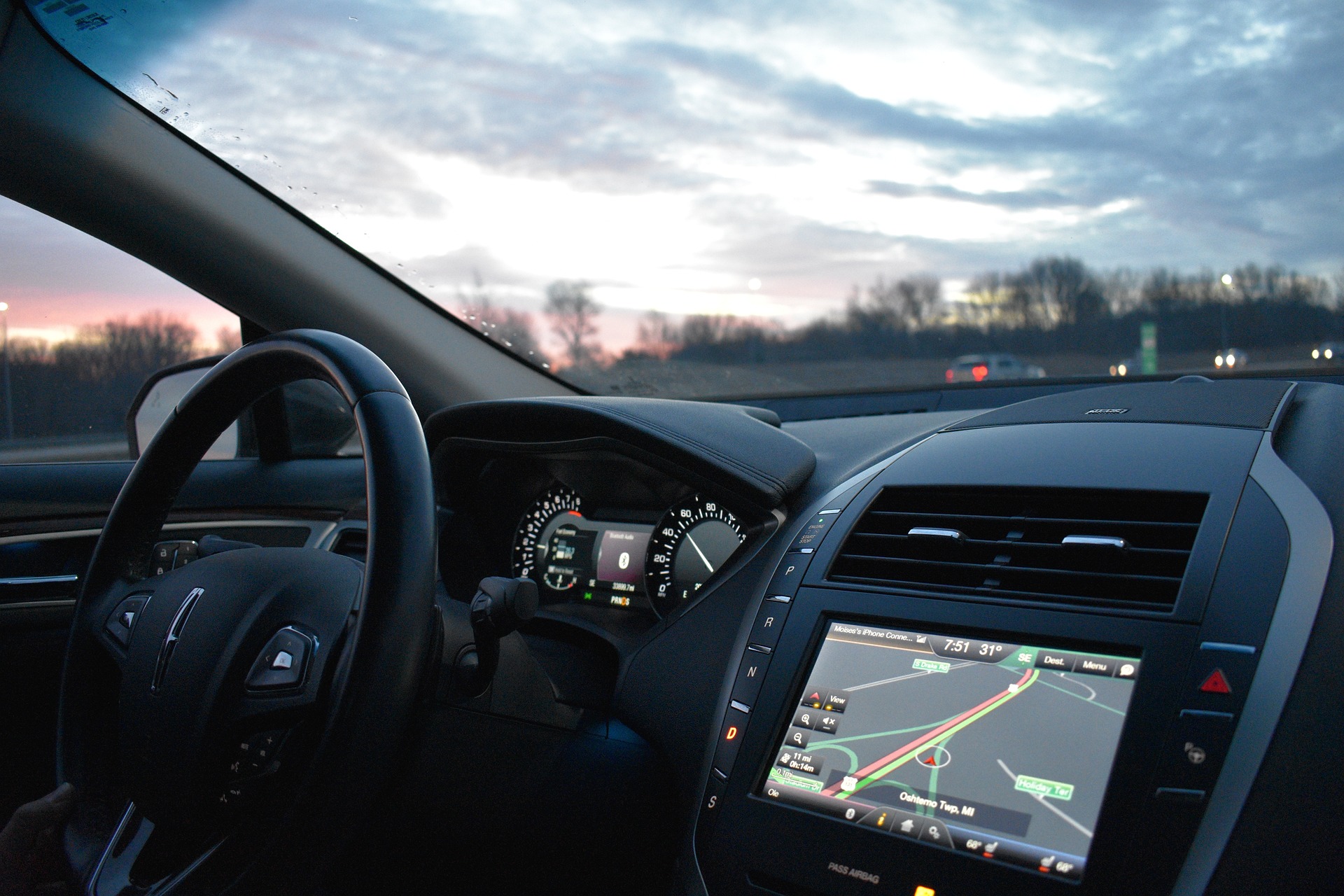The Intricate Dance of Gear Ratios: The Science and Art Behind It
Introduction: Imagine driving along a winding road, the engine humming, the car responding to your every command. A crucial aspect of this harmonious performance lies hidden within the mechanical heart of your vehicle - the gear ratios. Though often overlooked, these unsung heroes of the automotive world play a significant role in your car's performance. Let's delve into the fascinating world of gear ratios - their history, their importance, and their impact on the automotive industry.

Chapter 1: A Peek into the Past: The History of Gear Ratios
The concept of gear ratios dates back to the ancient Greeks, who used them in their simple machines. But it wasn’t until the advent of the automobile in the late 19th century that gear ratios found their critical application. Early cars had simplistic transmissions with a limited number of gears, resulting in less efficient performance. As the automobile industry evolved, so did the complexity and efficiency of gear ratios, leading to the sophisticated systems we see in today’s vehicles.
Chapter 2: The Mechanics of Movement: Understanding Gear Ratios
At their core, gear ratios are about the relationship between the gears in a car’s transmission. The ratio determines how many times the output shaft of a transmission turns in relation to the input shaft. This balance between speed and torque is essential in optimizing a car’s performance. Whether it’s climbing a steep hill or accelerating on a highway, the right gear ratio ensures your vehicle responds precisely to your needs.
Chapter 3: Current Trends and Innovations in Gear Ratios
The automotive industry, always in a state of evolution, continues to innovate in the realm of gear ratios. One of the most significant trends is the move towards continuously variable transmissions (CVTs). These systems, unlike traditional transmissions, do not have fixed gear ratios. Instead, they use a pair of pulleys to create a range of ratios, providing a smoother, more efficient driving experience.
Chapter 4: The Impact of Gear Ratios on Driving and the Automotive Industry
The profound influence of gear ratios extends beyond the individual driver’s experience. On a broader scale, they contribute to fuel efficiency, reducing the automotive industry’s carbon footprint. Moreover, the ongoing research and advancements in gear ratio technologies underline their critical role in shaping the industry’s future.
Chapter 5: The Challenges and Benefits of Optimizing Gear Ratios
Despite the obvious advantages, optimizing gear ratios is not without challenges. Balancing power output, fuel efficiency, and smoothness of ride requires extensive research and testing. However, the benefits, including improved performance and reduced environmental impact, make these efforts worthwhile.
The world of gear ratios is a blend of art and science, a testament to the incredible engineering behind every vehicle. As we drive into the future, these unsung heroes will continue to hum quietly in our cars, ensuring we enjoy every twist and turn of the journey.




